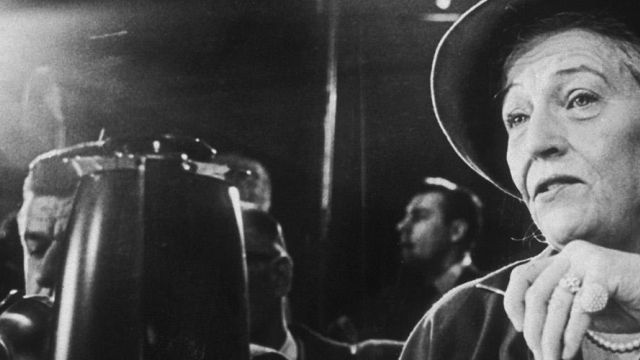Pearl S. Buck, Intersectionality, and “China”, 1931-1941

My presentation seeks to contribute meaningfully to the HRC’s 2019 theme, “intellectual history of crisis”. It cites the example of American author and humanitarian, Pearl S. Buck, at the height of her influence prior to the Second World War. Raised in Anhui province as the child of Christian missionaries, Buck, the celebrated author of The Good Earth trilogy, had returned to the United States from China at middle age.
Buck’s epic fictions depicting Chinese peasant life succeeded in placing “China” on the map, in English, for middlebrow, mainstream readers worldwide whose notions of east Asia, up until that point, had remained largely confined to racist caricature. Following the Japanese invasion of Manchuria in 1931, the struggle to establish a modernizing China within the geopolitical imagination acquired greater urgency and mandate. But for whom and on whose behalf? That Buck emerged as China’s main spokesperson in the popular imagination of North America, Europe, and anglophone Australasia—and not Chinese state or other political actors—was an irony not lost upon her contemporaries.
I argue that Buck anchored a key, transitional moment prior to China-based advocacy after 1949, whether Marxist or Kuomindang, as the Chinese rose to speak on their own account. Specifically, Buck’s remarkable displacement from prevailing norms of literary value, national identity, and gendered labor secured for her what theorists today call “intersectional” agency. Buck achieved a multi-directional, transgressive, and globally-informed optics which sought to read across policed boundaries of nationalist discourse on behalf of the marginalized. She brought welcome visibility to people of color in dire straits, most prominently Asian women and orphaned children, whose causes she advocated tirelessly. A proud American, who considered herself bicultural, Buck ultimately paid a heavy price for her intersectional striving at a time of international crisis.
Stuart Christie is a literary historian currently serving as professor and head of the Department of English Language and Literature at Hong Kong Baptist University. He is presently working on two projects which offer analysis of twentieth-century modernism. The first, on ‘immersive modernism’, explores how English writers and artists established footholds in media beyond writing; the second documents the literary afterlives of Chinese-born Americans who faced unique (and sometimes challenging) circumstances when attempting to assimilate back into their home culture.
Location
Theatrette (2.02), 120 McCoy Circuit, 2600 Canberra
Speaker
- Professor Stuart Christie (Hong Kong Baptist University)
Contact
- Penny Brew+ 61 2 6125 4357